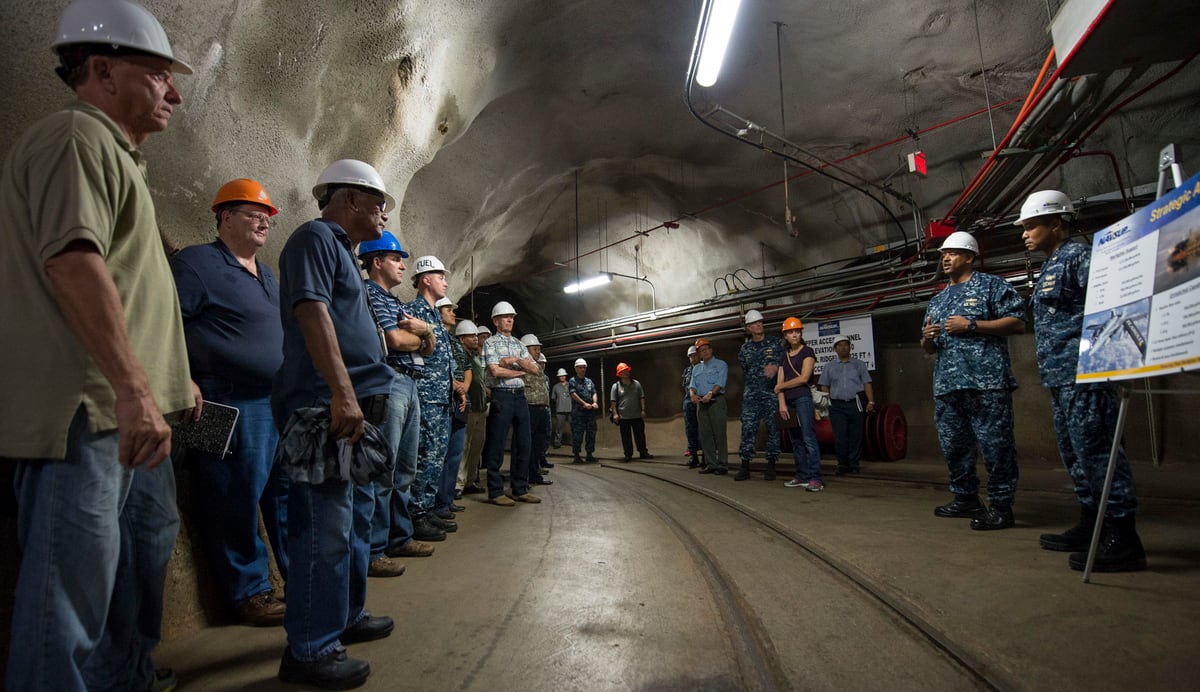HONOLULU — State and federal regulators have rejected a U.S. Navy plan to upgrade a fuel storage facility in Hawaii, asking for more information about protection measures for the underground tanks.
The Hawaii Department of Health and the federal Environmental Protection Agency issued a letter Monday saying the military’s proposal for the Red Hill Bulk Fuel Storage Facility “lacks detail, clarity, rationale and justification.”
The Navy submitted the plan in September 2019, five years after a 27,000-gallon (102,206-liter) leak happened at the Honolulu storage site.
The agencies said the proposal does not go far enough toward protecting Oahu’s Southern Oahu Basal Aquifer from possible damage caused by the 20 underground tanks.
The Navy “has not demonstrated to the regulatory agencies that the proposed alternative is the most protective of the groundwater and drinking water,” the letter said.
The agencies offered the Navy and the Defense Logistics Agency “an opportunity to cure the deficiencies and resubmit the decision document.”
RELATED

The Navy’s proposal for “double-wall equivalency secondary containment” or removal of fuel from Red Hill around the year 2045 requires further discussion and a more precise definition of double-wall equivalency, the agencies said.
Underground storage tanks with double walls are typically designed to meet secondary containment requirements, which usually include inner and outer barriers with a space between monitored for leaks, the letter said.
The Navy must provide a detailed comparison of how its proposal compares to other secondary containment options such as having a tank within a tank, the agencies said.
The Navy and the Defense Logistics Agency plan to work with regulators to answer the questions, said Capt. Gordie Meyer, commander of Naval Facilities Engineering Command Hawaii.
“The Navy remains committed to keep the water safe to drink while safely operating the storage facility that is vital to the defense of our nation and also available to support the state in times of crisis,” Meyer said in an email.
The Sierra Club of Hawaii environmental organization said the Navy selected the least expensive and “least protective” of its tank upgrade options.
Jodi Malinoski, the group’s policy advocate, said the Navy has been unable to provide a meaningful protection plan five years after the leak.
“This is the latest example of how the Navy does not take the protection of Oahu’s drinking water seriously,” Malinoski said in a statement.




